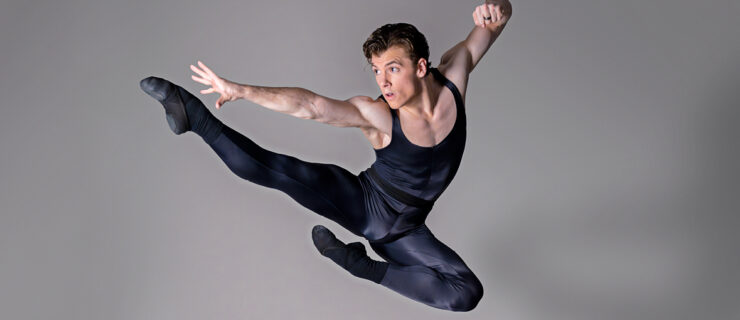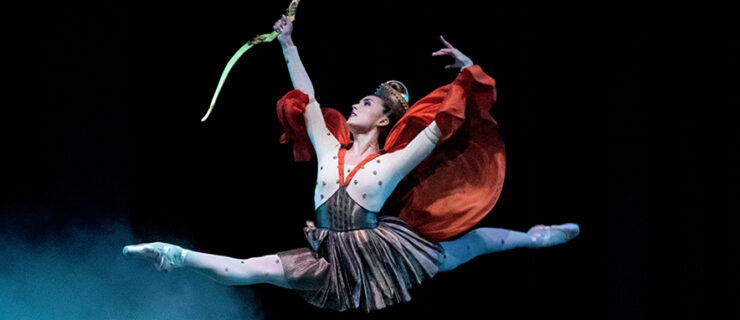With Quiet Strength, Mikaela Santos Flourishes at Atlanta Ballet
There’s a deep inner strength within Mikaela Lauryn Santos, a rising dancer at Atlanta Ballet, and at the same time, a vulnerability that touches the heart.
These qualities came to the fore this past February in the North American premiere of Annabelle Lopez Ochoa’s Coco Chanel: The Life of a Fashion Icon. As the title character, Santos danced an intricate pas de trois—swinging between Marius Morawski as Chanel’s first lover, Étienne Balsan, and Sergio Masero as Arthur “Boy” Capel, the love of her life. Playfully flirtatious, Santos thrust her long, delicate limbs into sharp extensions with Balsan, then yielded into Capel’s tender embrace. Later, entwined with Capel’s arms, she filled each buoyant lift and unfurling promenade with the breath of discovery.
For Santos, once a shy dancer most comfortable in the back of the studio, her debut as Coco Chanel, at age 24, capped a recent flurry of principal roles. Beyond her pristine technical skill, she has a remarkable ability to reveal characters with naturalness and subtlety. These have ranged from the tragic young Mattie in Cathy Marston’s Snowblind to a radiant Kitri in Don Quixote to a startlingly fresh Marie in Yuri Possokhov’s The Nutcracker.
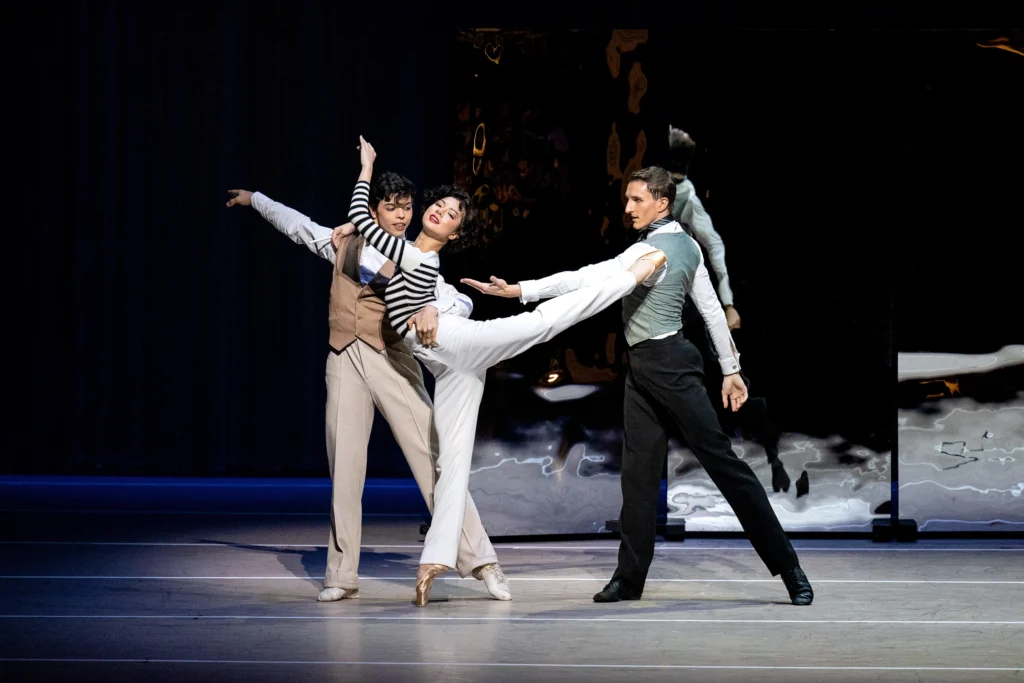
“She has that great combination of technical maturity and innocence in her acting abilities and her presence,” says Gennadi Nedvigin, Atlanta Ballet’s artistic director. “She needed her time to start blossoming, and that’s what we’re observing right now.”
Angela Agresti, a company répétiteur, coached Santos in Coco Chanel. “She’s not a showy dancer, though she’s strong, both physically and mentally,” Agresti says. “She has such determination and she’s a fighter. And then, she’s such a delicate, vulnerable soul.”
It’s been a journey since Santos left home in the Philippines at age 18 for Atlanta Ballet, just as the company was undergoing a leadership change. In many ways, Santos has had to push outside of her comfort zone—adapting to challenging new repertoire, finding her own way to stand out among peers, and gaining the self-knowledge to interpret characters with honesty and imagination.

From Manila to Atlanta
Santos, who goes by Mika, grew up in Manila. When she was about 4 years old, her mother enrolled her at the Effie Nañas School of Classical Ballet. Santos says she owes much to Nañas, who saw a spark in the shy child—a “diamond inside a rock,” Santos recalls her saying, with layers to be slowly chipped away.
When Santos was a preteen, Nañas invited her to train privately in pursuit of a professional ballet career. Due to a lack of opportunities for classical dancers in the Philippines, Nañas prepped Santos and a fellow protégée to compete in international ballet competitions, where they might gain exposure and access to pre-professional programs and companies.
“She would always remind us to not be complacent,” says Santos, to “think out of the box, push yourself, just go [and] see what’s out there.”
Nañas eased Santos into competitions at age 16, starting with the Cultural Center of the Philippines’ Ballet Competition, where she was awarded Second Place in the Junior Division. Santos went on to study and compete in China, South Korea, and the U.S.
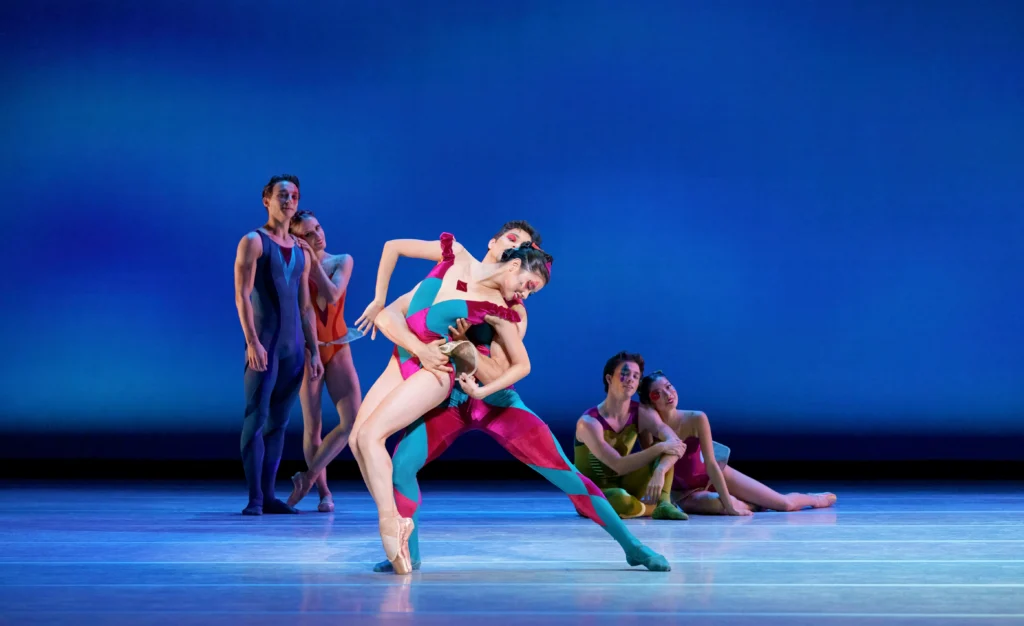
The experiences pushed Santos, but she felt the competition format didn’t seem to provide a fair or full assessment of a dancer’s abilities. “I wish [the judges] could see the gradual process—how you get your strength and build your artistry,” she says. “All of that needs to be accounted for.” She also struggled with the pressure of being judged—not only by a panel of adjudicators but also by fellow competitors and talent scouts. “The biggest part is judging yourself,” says Santos.
Still, her life-course changed when she attended the 2016 World Ballet Competition in Orlando, Florida, where Nedvigin was a jury member. Santos, then 17, was among the top 15 finalists, and between the performances, classes, and job fair, Nedvigin noticed her inner strength. He offered her a scholarship to Atlanta Ballet’s summer intensive and subsequently gave her a place in the school’s Fellowship program, now Atlanta Ballet 2.
Growing Pains
The following year, her first as a company apprentice, proved to be the most difficult. Santos no longer had the sheltering support of the school and was uncertain of what was expected of her. Many of the more mature Atlanta Ballet dancers who had guided her had departed, so she gravitated to the back of the studio. Primarily classically trained, she was often listed in the third cast or as an understudy, especially in more contemporary ballets.
Santos tears up when she remembers watching from the audience while her colleagues danced onstage. She admired former lead dancers Nadia Mara and Jackie Nash, who could dance a wide array of styles with panache, but she doubted her ability to achieve the same level of artistry.
But watching others perform what she wanted to do motivated her to become the lead dancer she is now.
Santos was promoted into the main company in 2018. She knew that in order to survive in that competitive environment, she had to follow Nañas’ advice and push herself to the front of the room.
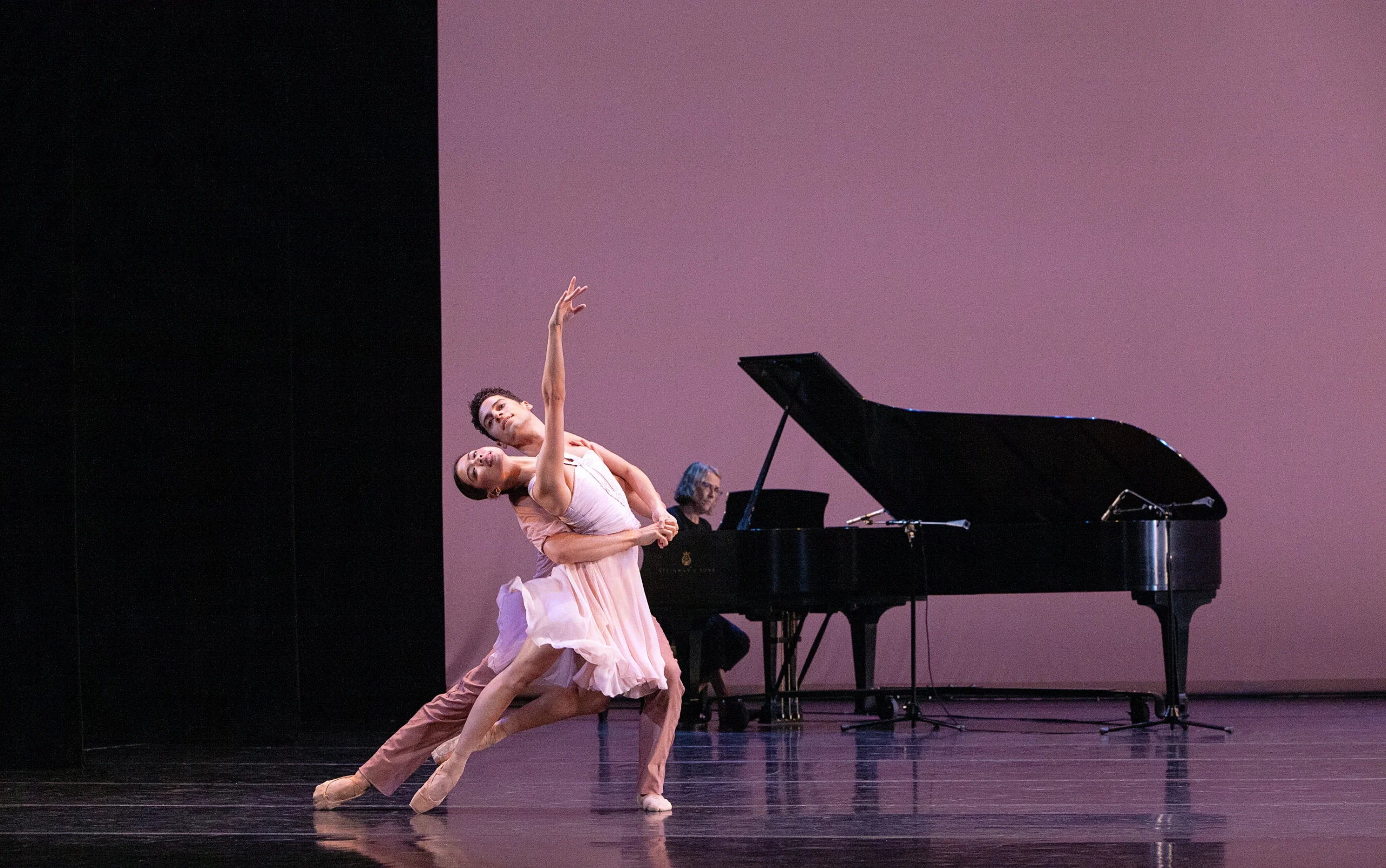
“The biggest inspiration was trying to find something in myself that no one else has,” she says. “To show people that what I have is special.” In class, she started to put her own spin on standard steps by playing with phrasing and dynamics. “I tried to find little things from every dancer that I liked or looked up to,” says Santos, like a powerful jump or an expressive port de bras. “And try to not be them, but try to find my own version of all these different things that I liked.”
She also had to find a way to let go of her deeply ingrained classicism—to “scratch off the ballet technique,” she says, and find the confidence and freedom to move off-center and with more fluidity. Dancing with Mara and former company veteran Olivia Yoch in Gemma Bond’s Denouement helped Santos absorb a newer style—not by replicating their movement but by synchronizing her dancing with theirs.
Coming Into Her Own
Santos had been scheduled to debut in Giselle’speasant pas de deux in March 2020 before the COVID-19 pandemic canceled the performances. She continued to train and rehearse under strict social-distancing protocols. She also pursued a college degree online, earning a bachelor of arts in business administration and management from Magna Carta College in the UK.
Post-pandemic, Santos reemerged opposite Erik Kim in a sparkling peasant pas de deux. Months later, her scintillating performance in Sergio Masero’s Schubertiada garnered her recognition as one of Dance Magazine’s 2023 25 to Watch. Nedvigin says that Santos showed that she could handle both the “stress and the responsibility of solo and lead roles.”
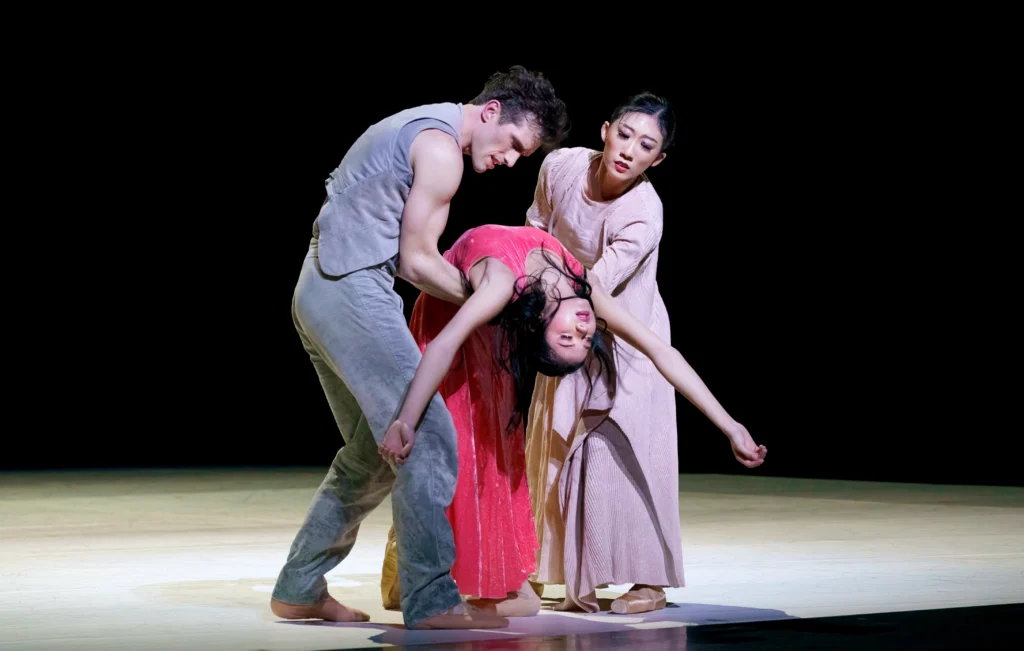
During the 2022–23 season, Santos deepened her acting skills while rehearsing in Cathy Marston’s Snowblind. Santos’ character, Mattie, is an innocent girl caught in a love triangle that ultimately has tragic consequences. Marston challenged Santos to strip away affectations and inhabit her character with presence and authenticity—a process that required Santos to better understand herself.
Shortly after her Snowblind debut, Santos danced a bravura Kitri in Yuri Possokhov’s Don Quixote, and then this season took on Marie in Possokhov’s Nutcracker. “It’s a strenuous version,” says Agresti of the holiday classic. (The role of Marie involves dancing both of the ballet’s major pas de deux.) “Her calves were on fire, but she fought. If she’s tired, or if something goes wrong, she’s not going to give up on herself.”
By February, Santos could bring her newly honed acting skills, secure technique, and fighting spirit to Coco Chanel, a complex character who matures over decades, gaining power and sophistication as she builds a fashion empire. Santos found inspiration and freedom in Ochoa’s style, which gave her the confidence to push herself to deliver a deeply dramatic and multifaceted tour de force.
Santos acknowledges that her tough experiences as an understudy are what motivated her to step outside of her comfort zone. “It’s not easy to just watch,” she says, “but without that hardship, I don’t think I would’ve been this kind of dancer.”
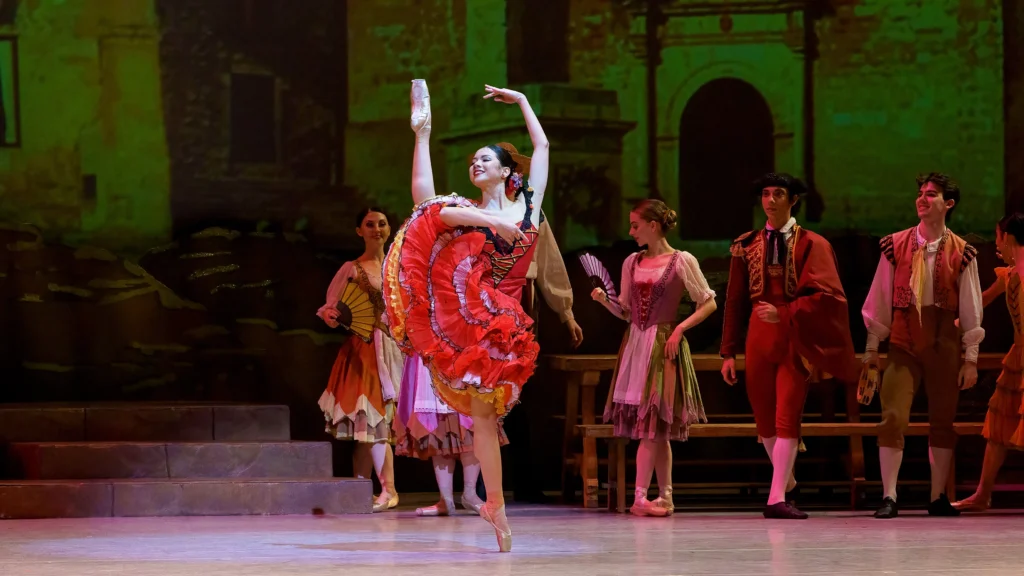
She also takes care of herself outside the studio, spending time with her boyfriend and other nondancer friends. Reading, cycling on the Atlanta Beltline, and taking walks in Piedmont Park all give her time and space to decompress.
As Santos continues to pursue her goals, she wants to show other young dancers who doubt their abilities that they can make it if they try. “It will take time,” says Santos, “but the hard times and the hard work are so worth it.”



